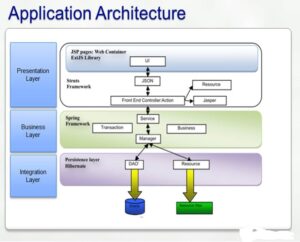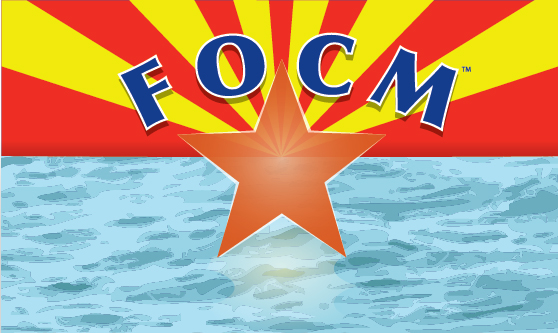Imagine if you will, that the social distancing required in this era of Covid-19 were to continue for 5 more years. How would that affect the type of businesses and individuals who depend on the meeting of new people in order to promote and introduce their products or services?
This scenario came up while having a discussion with a new connection, Joyce Blatt. As you know, I love connecting to others and remembering people’s backgrounds so I can connect them with people who need their services. One of my business partners, Tom Ryan was on a virtual biotech networking meeting and met Joyce and recommended we connect. Well Joyce and I hit it off and quickly realized, we’re both connectors. It was Joyce who was questioning how can we work in this environment. How do we keep our ears to the wall and be helpful? Without in person meetings, we have to learn other ways to connect – face to face at someone’s office allows you to look at the pictures in their office to pick up on their interests, etc. We need to utilize other methods – use LinkedIn during the meeting to see where someone lives, went to college, hobbies and interests, etc.
When you meet someone new in person, you usually get a quick read on the person’s energy, helpfulness, personality and can identify who will be good to connect and follow up with. Yes, in virtual meetings where they allow for “networking” time, you can and I have enjoyed making new connections in a few such meetings. But it’s different in both good and less good ways. In the less good way, you can’t meet or reconnect with as many people as when you work a room. In the good way, you really focus on the conversation because you’re not distracted. When in a one-to-one zoom, you’re not “working the room”, which often means you’re looking over the person’s shoulder scanning to see who else you know and might be more important.
While talking with Joyce, I had an aha moment. I was complaining how some of these virtual meetings have no dedicated networking time, so it feels unproductive to attend them only to be able to say “hi” in a chat window to someone you know or want to meet. The “aha” moment is this: I would routinely attend a small, industry meeting of around 30 people with three presentations about issues they face routinely or new regulations to address. There would be a morning and afternoon break and lunch. I had a co-worker attend one when I wasn’t able to. His reply was “what a waste of time, why do you go?”
I go, acknowledging that I am getting no other work done while being there (other than checking email on my phone), because I believe to sell in this industry requires a relationship of trust, understanding and dependability. By attending this meeting, I’m seen as a member of their community, I know the issues they’re facing AND at the breaks and lunch, I’m networking. It might be just one or two people I talk with, but its worth it in the long run. One example of the value of attending – to be helpful – an attendee asked the group for help providing items for pharmacy school graduates. I was able to get pens, notepads, flash drives, wireless mice, (promotional items from several vendors including my employer), etc. At that point and from then on I am seen by her as a friend, no longer just a salesperson looking to sell her.
Okay, so back to the aha moment, so I would go to those meetings all day just for a couple of conversations. I need to continue attending the virtual meetings, for the opportunity to make new contacts and maintain existing ones. While it feels a waste of time, I can be productive during the sessions and can interact during Q&A or in the chat window and I need to continue to attend these for the very same reasons: be a part of their community, understand their issues, and be helpful.

